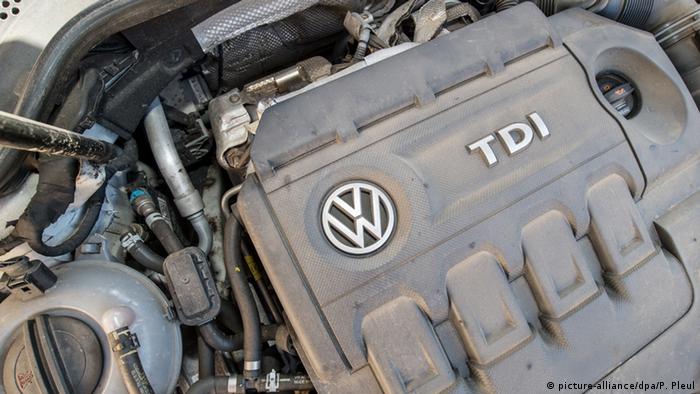New at Skewed News is my essay trying to explain “Why No One on the Left Cares About Benghazi.” Teaser:
The way Benghazi has been framed as a story has been tailored to trigger right-wing rage, and to elicit big fat yawns from the left.
Committee Chairman Trey Gowdy set up the GOP framing in today’s introductory speech: “Why were there so many requests for security equipment and personnel and why were those requests denied in Washington? What did our leaders in Washington do or not do, and when?”
On the right, this is red meat. It’s a war movie image. Four Americans desperately calling for reinforcements as Islamist terrorists affiliated with Al Qaeda swarmed over the walls of their isolated mission in the middle of a war zone — and what do they get? Not the cavalry. A bunch of bureaucratic jibber jabber about budgets and these-things-take-time. Which leads to these frontliners being brutally murdered by thugs.
In this narrative, Hillary was the commander-in-chief. She was in charge. Whether or not she saw those requests for additional security staff is irrelevant. The responsibility was hers and now so is the blame.


 If you did it once, you’d be fired.
If you did it once, you’d be fired.
 Poor Hillary.
Poor Hillary.